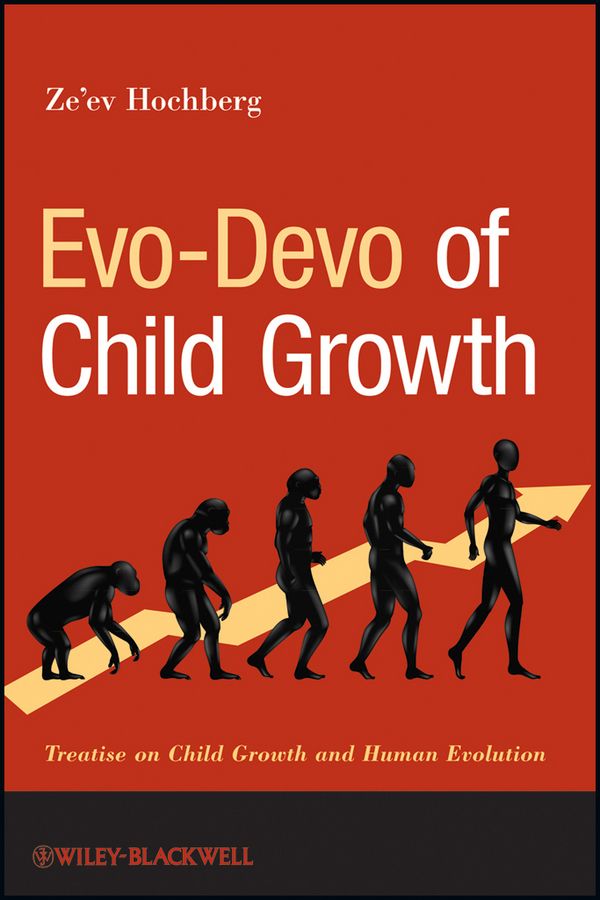<p>Working with principles from the fields of evolutionary and developmental biology (evo-devo), this fascinating work offers a new approach to analyzing child growth and development, examining each stage and transition in detail, from fetal development to preadulthood. Based on the author’s in-depth review of the current literature and his own observations as a pediatric endocrinologist, the book demonstrates how the transitions between human life history phases represent unique periods of evolutionary adaptive response to the environment. In addition, the author explains why an understanding of these transition periods enables us to better understand the sequence and mechanisms of child growth as well as to better diagnose child growth disorders.</p> <p>Logically organized and clearly written, Evo-Devo of Child Growth:</p> <ul> <li> <p>Sets a solid foundation of principles such as evolutionary thinking in medicine and child growth, life history theory, and heterochrony and allometry</p> </li> <li> <p>Examines the relationship between child growth and the theory of life history</p> </li> <li> <p>Applies evo-devo theory to fetal growth, infancy, childhood, juvenility, adolescence, and preadulthood</p> </li> <li> <p>Explores the trade-offs and adaptive phenotypic plasticity during transition periods</p> </li> <li> <p>Explains the role of life history theory in understanding and diagnosing growth disorders such as Down syndrome, Noonan syndrome, and Silver-Russell syndrome</p> </li> </ul> <p>In addition to the author’s own analysis and observations, this book also features notes from leading clinicians and evolutionary biologists, offering additional perspectives on the relationship between evo-devo and child growth and development.</p> <p>Evo-Devo of Child Growth provides a new perspective for evolutionary biologists to understand the phases and transitions of child growth. Moreover, it offers a new approach to help clinicians to better understand and diagnose a broad range of child growth disorders.</p>
Evo-Devo of Child Growth
₹12,104.00
Treatise on Child Growth and Human Evolution
This book is currently not in stock. You are pre-ordering this book.




